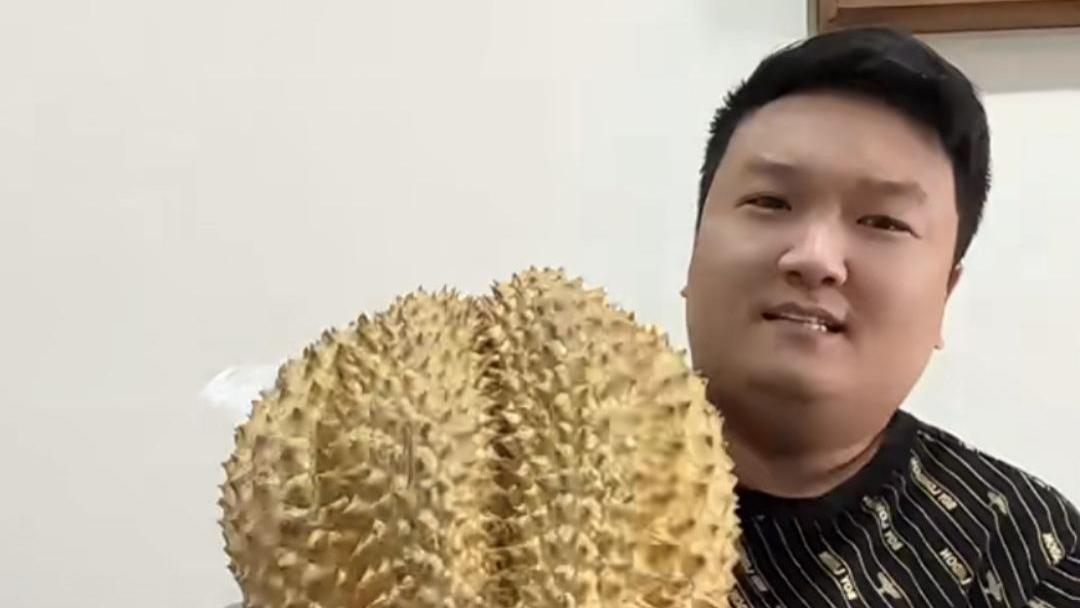android-camera2相机开发-9-使用opengl实现LUT滤镜
项目github地址
上一篇文章简单的实现了几个常见的滤镜效果,针对每一种滤镜,在片段着色器中编写响应的计算逻辑。
但是,随便一个美颜app、短视频app的滤镜都太多了,总不能一个一个写代码去吧,况且好些滤镜特别接近,就让程序员看一眼,怎么写计算逻辑。。
其实,这种风格化的滤镜是通过把原图的像素颜色经过过处理,变成另一种颜色来实现的,所以简单的方法就是使用LUT方法,通过设计师提供的LUT文件来实现预定的滤镜效果。
具体LUT是什么,我这里就不再赘述了,网上很多文章,这里推荐一个 lut
LUT实现滤镜的基本思路:
- 准备LUT文件
- 加载LUT文件加载到opengl纹理
- 将纹理传递到到片段着色器中
- 根据LUT,在片段着色器中对图像的颜色值进行映射,得到滤镜后的颜色进行输出
LUT文件到opengl纹理
public static int loadTextureFromRes(int resId){
//创建纹理对象
int[] textureId = new int[1];
//生成纹理:纹理数量、保存纹理的数组,数组偏移量
glGenTextures(1, textureId,0);
if(textureId[0] == 0){
Log.e(TAG, "创建纹理对象失败");
}
//原尺寸加载位图资源(禁止缩放)
BitmapFactory.Options options = new BitmapFactory.Options();
options.inScaled = false;
Bitmap bitmap = BitmapFactory.decodeResource(context.getResources(), resId, options);
if (bitmap == null){
//删除纹理对象
glDeleteTextures(1, textureId, 0);
Log.e(TAG, "加载位图失败");
}
//绑定纹理到opengl
glBindTexture(GL_TEXTURE_2D, textureId[0]);
//设置放大、缩小时的纹理过滤方式,必须设定,否则纹理全黑
glTexParameterf(GL_TEXTURE_2D, GL_TEXTURE_MIN_FILTER, GL_NEAREST);
glTexParameterf(GL_TEXTURE_2D, GL_TEXTURE_MAG_FILTER, GL_NEAREST);
//将位图加载到opengl中,并复制到当前绑定的纹理对象上
texImage2D(GL_TEXTURE_2D, 0, bitmap, 0);
//释放bitmap资源(上面已经把bitmap的数据复制到纹理上了)
bitmap.recycle();
//解绑当前纹理,防止其他地方以外改变该纹理
glBindTexture(GL_TEXTURE_2D, 0);
//返回纹理对象
return textureId[0];
}
LUT纹理绑定到片段着色器
//amatorka 就是lut文件
int LUTTextureId = GLUtil.loadTextureFromRes(R.drawable.amatorka);
int hTextureLUT = glGetUniformLocation(program, "textureLUT");
glActiveTexture(GL_TEXTURE0 + 1);
glBindTexture(GL_TEXTURE_2D, LUTTextureId);
glUniform1i(hTextureLUT, 1);
【android-camera2相机开发-9-使用opengl实现LUT滤镜】片段着色器代码
#version 300 es
precision mediump float;
in vec2 v_texCoord;
out vec4 outColor;
uniform sampler2D s_texture;
uniform sampler2D textureLUT;
//查找表滤镜
vec4 lookupTable(vec4 color){
float blueColor = color.b * 63.0;
vec2 quad1;
quad1.y = floor(floor(blueColor) / 8.0);
quad1.x = floor(blueColor) - (quad1.y * 8.0);
vec2 quad2;
quad2.y = floor(ceil(blueColor) / 8.0);
quad2.x = ceil(blueColor) - (quad2.y * 8.0);
vec2 texPos1;
texPos1.x = (quad1.x * 0.125) + 0.5/512.0 + ((0.125 - 1.0/512.0) * color.r);
texPos1.y = (quad1.y * 0.125) + 0.5/512.0 + ((0.125 - 1.0/512.0) * color.g);
vec2 texPos2;
texPos2.x = (quad2.x * 0.125) + 0.5/512.0 + ((0.125 - 1.0/512.0) * color.r);
texPos2.y = (quad2.y * 0.125) + 0.5/512.0 + ((0.125 - 1.0/512.0) * color.g);
vec4 newColor1 = texture(textureLUT, texPos1);
vec4 newColor2 = texture(textureLUT, texPos2);
vec4 newColor = mix(newColor1, newColor2, fract(blueColor));
return vec4(newColor.rgb, color.w);
}void main(){
vec4 tmpColor = texture(s_texture, v_texCoord);
outColor = lookupTable(tmpColor);
}
效果图如下
| 原图 | lut滤镜 |
|---|---|
 文章图片 |
 文章图片 |
推荐阅读
- 深入理解Go之generate
- 标签、语法规范、内联框架、超链接、CSS的编写位置、CSS语法、开发工具、块和内联、常用选择器、后代元素选择器、伪类、伪元素。
- 我的软件测试开发工程师书单
- echart|echart 双轴图开发
- NPDP拆书(三)(新产品开发战略(经营与创新战略))
- 芯灵思SinlinxA33开发板Linux内核定时器编程
- 常用git命令总结
- 藏族开发的修路人——记致富援乡的斯定那珠
- ASP.NET|ASP.NET Core应用开发思维导图
- VueX(Vuex|VueX(Vuex 是一个专为 Vue.js 应用程序开发的状态管理模式)












